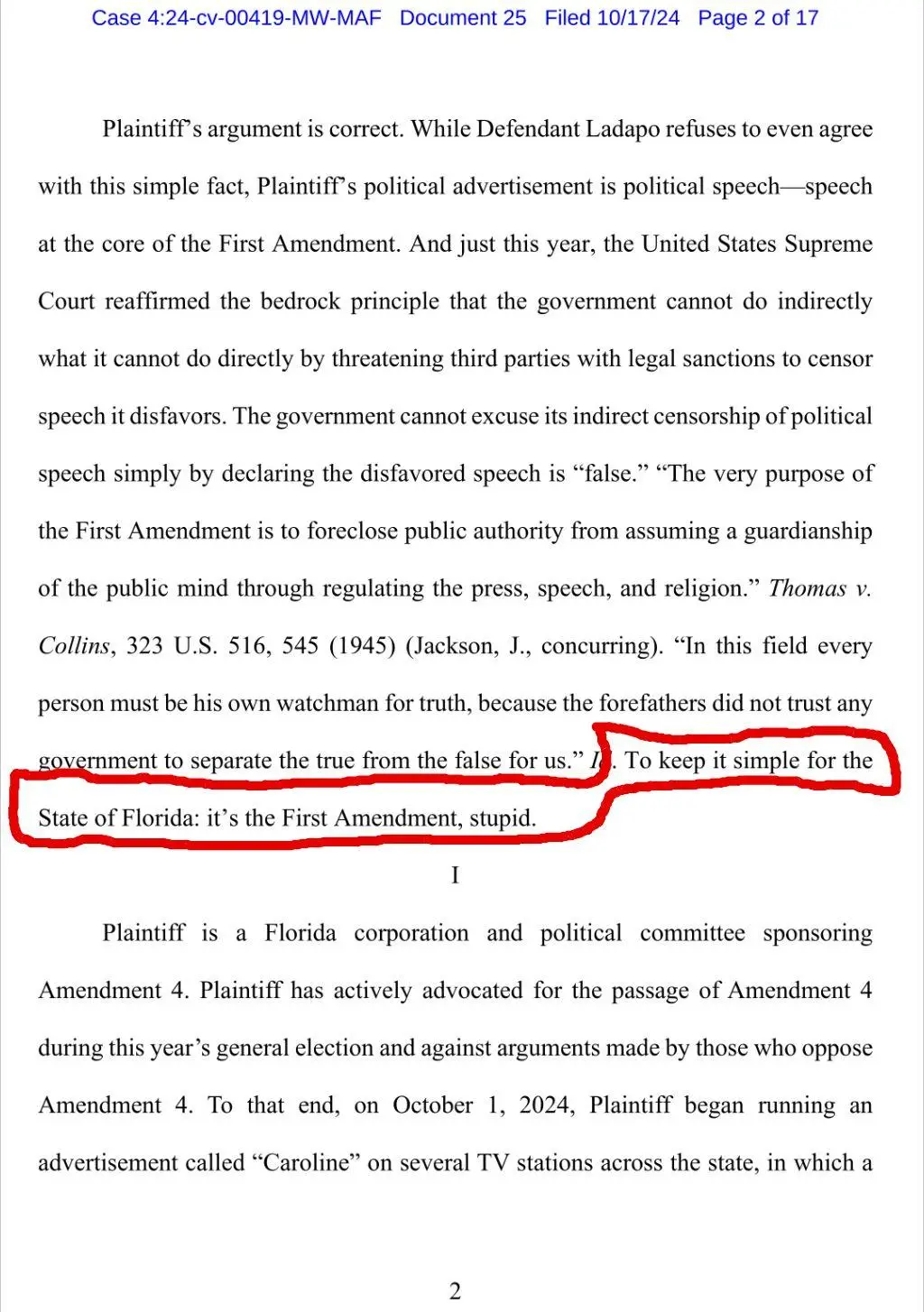

The responses to Ocasio-Cortez from split-ticket voters included:
- “It’s real simple… Trump and you care for the working class”
- “Trump is going to get us the money and lets men have a voice. You’re brilliant and have amazing passion!”
- “I feel like Trump and you are both real.”
- “I know people that did this and it was bc of Gaza.”
- “You are focused on the real issues people care about. Similar to Trump populism in some ways.”
- “Because of Gaza”
- “I voted Trump and dems because he reached out to Muslims”












A sort of justice served… In a funny and positive way.